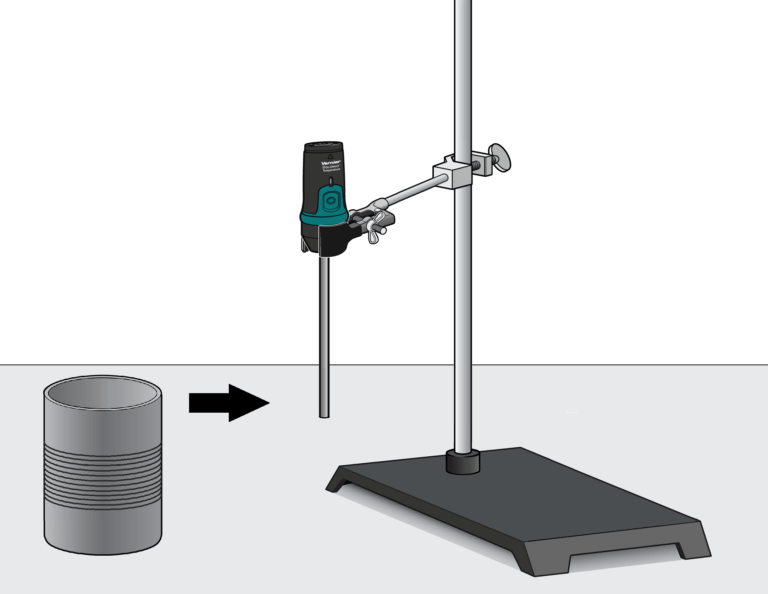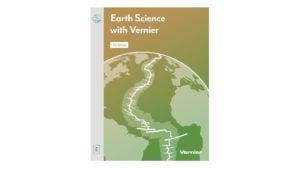
Introduction
On hot summer days, you may notice water droplets forming on the outside of a glass of ice water. It is commonly said that the glass is “sweating.” Since the glass cannot actually sweat, the liquid on the glass must come from the air outside the glass. This liquid forms by the condensation of water vapor that is near the surface of the glass. The air next to the cold glass has been cooled to the dew point or dew point temperature. The dew point temperature is the temperature to which air would have to be cooled to become saturated. Once the air is saturated, the water vapor condenses to form a liquid. The same process occurs when dew forms on the lawn.
In this experiment you will use a temperature probe to make two investigations. In the first you will measure the temperature of air next to a can of ice water to see if it is colder than room temperature. In the second investigation, you will determine the dew point temperature of the air in the classroom. You will do this by slowly adding ice to water and watching for condensation to form on the outside of the container. Throughout this process you will continuously record the temperature of the water. When condensation first forms on the container, the temperature of the water is the dew point temperature.
Objectives
- Compare room temperature to the temperature of air next to a can of ice water.
- Record the temperature of water while ice is slowly added.
- Observe the formation of condensation.
- Determine the dew point temperature.
Sensors and Equipment
This experiment features the following sensors and equipment. Additional equipment may be required.
Ready to Experiment?
Ask an Expert
Get answers to your questions about how to teach this experiment with our support team.
- Call toll-free: 888-837-6437
- Chat with Us
- Email support@vernier.com
Purchase the Lab Book
This experiment is #27 of Earth Science with Vernier. The experiment in the book includes student instructions as well as instructor information for set up, helpful hints, and sample graphs and data.



